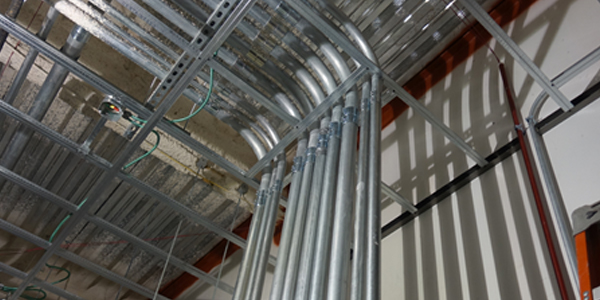Evaluating Firestopping Approaches for Evolving Building Needs

Often overlooked as a life safety approach, firestopping systems reinforce physical barriers within buildings and building systems to slow the spread of a fire and allow occupants additional time to evacuate. Specifying and installing these firestopping systems in buildings of all occupancies has become more complicated and more critical in the past few years as building systems evolve. With additional HVAC equipment providing occupant comfort and internet technology cables powering much-needed devices, buildings have many penetrations through fire-resistance-rated barriers and partitions, causing more opportunities for fire and smoke to pass from one compartment to another. In addition, the prevalence of curtain wall enclosure design offers more natural light with floor-to-ceiling windows and an architecturally sought-out exterior design, but this approach reduces the opportunity to include firestopping protection in the interior. In this webinar, we will share key details about firestopping systems and design guidelines and discuss when fire protection engineering expertise may be needed to help develop complicated systems.
LEARNING OBJECTIVES
After attending this webinar, participants will be able to:
- Understand the importance of firestopping, why it is used, and its basic code requirements.
- Learn where firestopping is required, how it should be installed, and its relevant system ratings.
- Understand the different types of firestopping materials and products available on the market.
- Gain a general understanding of when a standard listed system can be used, or when a fire protection engineer may be needed.
Participants will earn 1.0 AIA CES Learning Unit (LU/HSW) for attending the live webinar. Registration is free. Please note that space is limited – email events@sgh.com to join our waitlist if the session is closed when you register.

